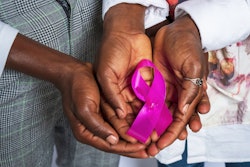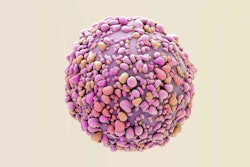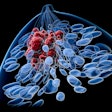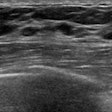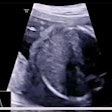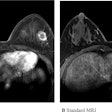About one in 20 women globally are diagnosed with breast cancer and women living in low- to middle-income countries are at higher risk, according to research published February 24 in Nature Medicine.
A team led by Miranda Fidler-Benaoudia, PhD, from the University of Calgary in Alberta, Canada, also found that a projected one in 70 women are likely to die from breast cancer.
“Behind this data is a woman. It’s a woman facing a cancer diagnosis and there’s going to be women who will fare much better because of where they’re located,” Fidler told AuntMinnie.com. “There’s going to be huge inequities for other women who have the same diagnosis in a different setting.”
Breast cancer remains a burden on women across the globe. It is the most diagnosed cancer and the leading cause of cancer-related death in women.
The World Health Organization (WHO) in 2021 launched the Global Breast Cancer Initiative, which aims to have countries around the world achieve an average annual reduction of 2.5% in breast cancer mortality. However, Fidler and colleagues noted that current and projected estimates of breast cancer at global and regional levels are needed to monitor whether efforts are successful.
The researchers provided an overview of the current global burden of breast cancer. They also analyzed trends related to historical incidence and mortality and the future projection of breast cancer up to 2050.
The team analyzed the burden of female breast cancer overall, and by age group, in 185 countries using the GLOBOCAN database. It also investigated 10-year trends in incidence and mortality rates in 50 and 46 countries, respectively, using the Cancer Incidence in Five Continents plus and WHO mortality databases.
The researchers found that 2.3 million new cases and 670,000 deaths from female breast cancer occurred around the world in 2022. Annual rates increased by 1% to 5% in half of the countries examined.
Also, mortality rates decreased in 29 countries with a very high Human Development Index (HDI). Seven countries meanwhile are meeting the Global Breast Cancer Initiative goal of at least a 2.5% decrease each year. These include the following: Malta (-3.8%), Denmark (-3.3%), Belgium (-3.1%), Switzerland (-3%), Lithuania (-2.9%), the Netherlands (-2.6%) and Slovenia (-2.5%).
Countries on their way toward achieving said goal include Norway (-2.4%), Sweden (-2.3%), Ireland (-2.2%), Australia (-2.1%), the United Kingdom (-2.1%) and New Zealand (-2.1%).
The researchers also found that by 2050, new cases and deaths will have increased by 38% and 68%, respectively, disproportionately affecting low-HDI countries.
While screening mammography is just one factor influencing this data, Fidler said breast cancer screening programs have a role in impacting incidence and mortality rates.
“When we had organized mammography in a country, we can see that around 60% of women are diagnosed at early stages, which means their prognosis is very good, so they’re going to have less mortality,” she said. “On the other hand, in low- to middle-income countries … it can be difficult to implement these programs because of high up-front costs. There’s also a lot of barriers like whether women are able to access that level of treatment.”
Fidler also told AuntMinnie.com that while the study data is comprehensive, more high-quality data are needed to better measure these cancer trends, particularly in low- to middle-income countries.
“There’s so many countries where we don’t even have this data,” she told AuntMinnie.com. “We need to know what’s really happening on the ground in these countries, so policies and investments into the healthcare infrastructure for cancer care can truly happen.”
The full study can be found here.




